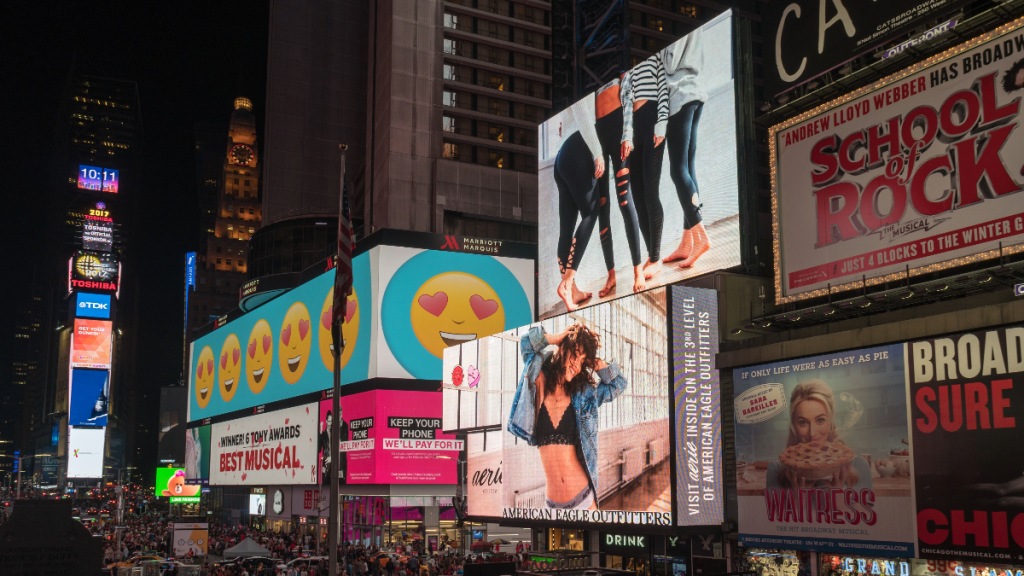By Raju Vanapala
Imagine a nation painted in diverse hues of language, where every city, town, and village resonates with its unique dialects. India’s linguistic landscape is a masterpiece of culture and heritage, yet it has posed an intricate challenge for advertisers. As technology evolves and penetrates deeper into the Indian landscape, addressing this language divide has become crucial, particularly when it comes to advertising. This challenge has ignited a paradigm shift, redefining how brands connect with consumers. While urban cities have long been the focus of marketing efforts, the untapped potential of tier 2 and tier 3 cities is emerging as the next frontier in the advertising industry.
In this digital age, personalisation has always been the golden rule for capturing the hearts and minds of consumers. Brands that can connect with their audience on a personal level tend to leave a lasting impact. However, in a linguistically diverse nation like India, personalization has now taken on a new and profound dimension. It is no longer solely about catering to consumer preferences; it is about speaking the language of culture, emotion, and identity. This transformation is marked by a departure from a one-size-fits-all approach to a more nuanced regional engagement strategy. Understanding the nuances of regional languages and cultures allows brands to craft messages that resonate deeply with their target audience. It not only enhances brand loyalty but also establishes an emotional connection that transcends linguistic boundaries.
Recent industry reports have highlighted a significant shift in advertising strategies as brands are pivoting towards regional platforms to expand their reach. According to the 2023 EY Media and Entertainment Report, regional channels have seen a remarkable 19% surge in ad volumes compared to national channels. This trend speaks to the power of regional languages to resonate with audiences. Additionally, over the last two the Monthly Active Users across channels, excluding Hindi, have tripled with the increasing smartphone adoption and internet penetration in Tier 2 and 3 regions. This growth is largely attributed to new users who have embraced regional languages as a means of engagement. By engaging in regional languages, brands can effectively tap into these emerging markets and establish a strong foothold before the competition catches up.
One of the most remarkable transformations lies in how regional content influences consumer behaviour, particularly in smaller towns and cities. Marketers who embrace vernacular content empower users to explore the medium in an organic manner, rather than having choices forced upon them. The influence of regional content extends beyond language; it touches the cultural and emotional fibre of the audience, creating a sense of inclusivity that fosters brand trust. As the legendary advertising visionary, David Ogilvy aptly put it, persuasion is most effective when one converses in the language of the audience. This sentiment is supported by a recent study that revealed that 88% of Indian language users respond more favourably to digital ads in their native tongue than in English.
The charm of India lies in its unity within diversity, and nowhere is this more evident than in language. According to a Lok Foundation poll, only 12% of urban and 3% of rural residents are English speakers, which dismantles a long-standing myth. Also, a recent Google India study highlights that nine out of ten new netizens prefer consuming online content in their native languages. This profound change in online content consumption underscores the growing appetite for authentic regional content, thereby challenging the assumption that English alone drives engagement.
As regional languages take centre stage, the demand for native language apps and sites is surging. This is more than just a technological trend; it is a testament to the hunger for information that resonates with the linguistic and cultural identities of the audience. Native language platforms bridge the gap between the digital world and the diverse heartlands of India, making online information more accessible and relatable.
The recent surge of interest in regional content underscores the immense value of India’s linguistic diversity for brands seeking meaningful engagement. Overcoming India’s language barrier is not just about breaking communication barriers; it is about fostering connections. Brands that recognize the potential of tier 2 and tier 3 cities and invest in regional content are positioning themselves at the forefront of a transformative wave in the advertising industry. As technology democratizes access, the true winners will be those who can communicate authentically and effectively in the languages that resonate with the heart of India. The future of advertising is regional, and it is time for brands to embark on this exciting journey of linguistic inclusivity.
The author is the founder and CEO of Way2News


